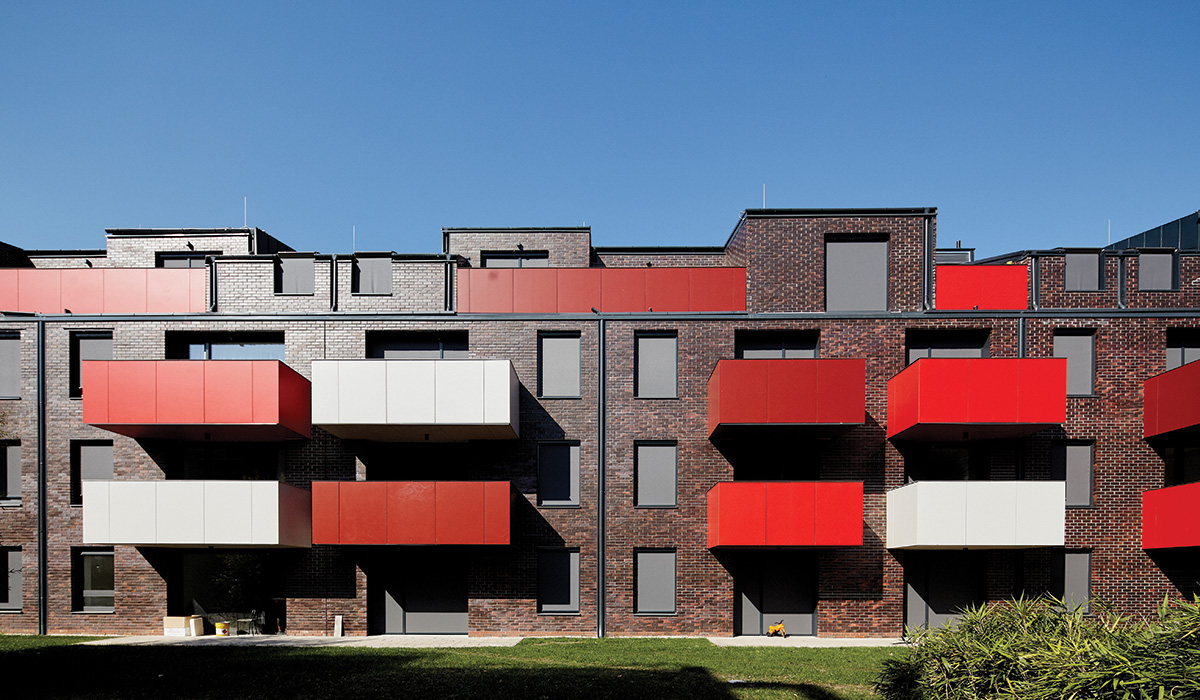
Credits
1st phase (2006–2009)
Architects: Gábor Turányi and Bence Turányi (T2a Architects)
Project architect: Levente Skultéti
2nd phase (2016–2018)
Architect: Bence Turányi (T2a Architects)
Project architects: Renáta Gyurcsó, Gábor Balla
Interior design of communal areas: István Ölbey (HOME.HU)
Developer: Merkapt Zrt
Photos: Zsolt Batar
 Bence Turányi (T2a Architects)
Bence Turányi (T2a Architects)However, when the financial crisis struck in the late 2000s, the project moved further and further away from T2.a’s original intention of high quality, ultimately leading the client to abandon the project altogether. The architects had been under pressure and eventually had to stop the restoration of the old mill. However, this forced break inspired a series of architectural photos of the abandoned half-finished concrete skeleton of the building which motivated the architects to redesign the project into something the city is very proud of today.
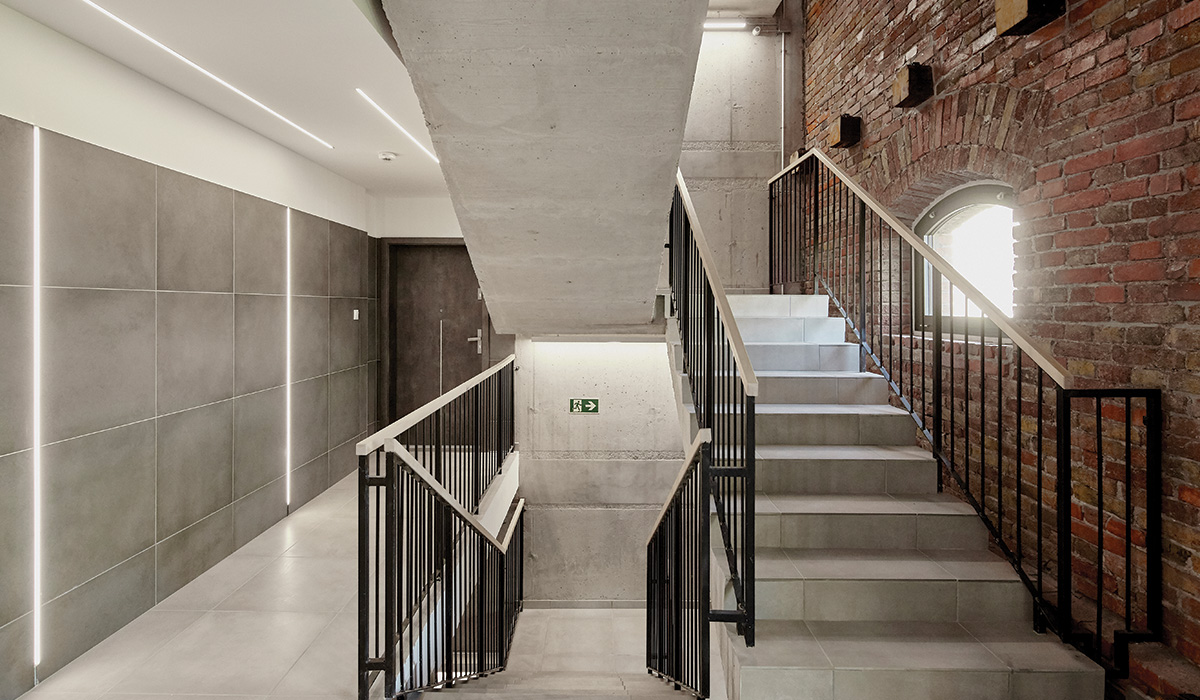
The old mill lay dormant once again - this time for almost a decade, until which point a new client came on board. “The new owner understood the values of the building and its potential,” Bence explains while highlighting the importance that high quality architectural and technical restoration held for the project from the start. “We restarted the project though we were unsure if we could even still use the structure because it was so wet and full of salt. The main task was to find a way to keep it as it is.”
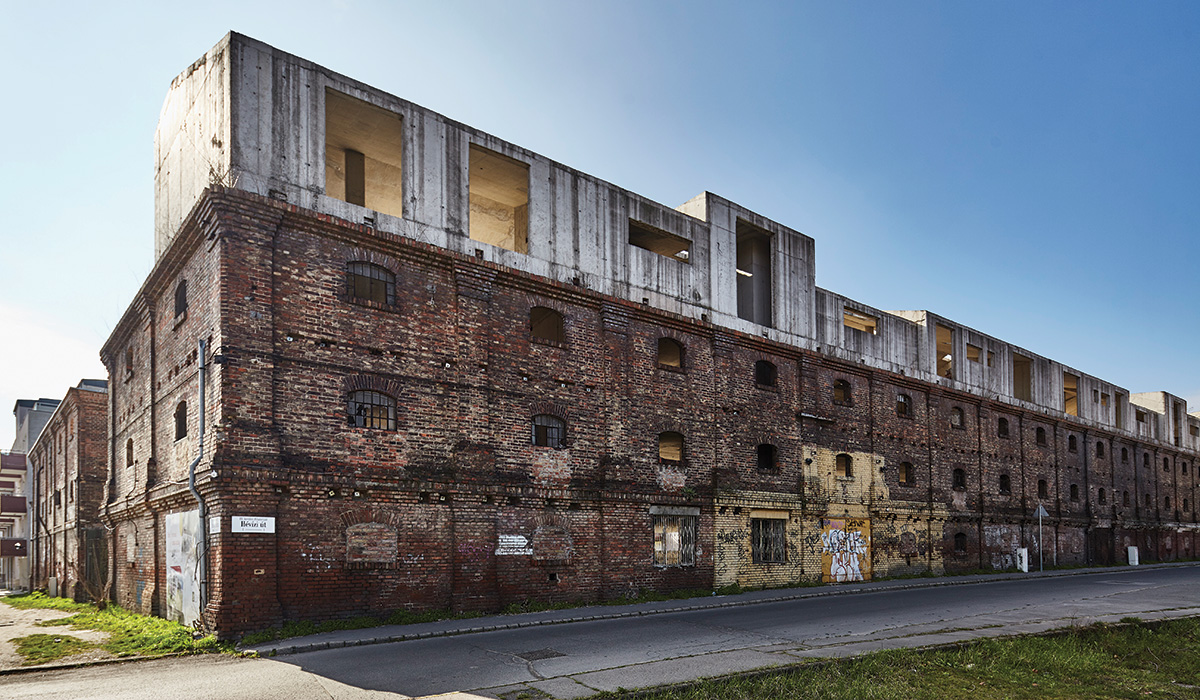 Old Building
Old BuildingIn this way T2.a could ensure that the building’s original heritage could live on. The attached concrete structure inspired the architects in its simple, naked elegance, which led to a new approach towards the mill. The building’s regeneration was more homogenous now with its origins, blending the brick facade with a careful and elegant roof created from an asymmetrical line. With the purple clinker brick and large double-glazed windows that the added top floor is built from, there’s an immediate contrast that gives the industrial building a modern appeal.
While the outward facing walls maintain a stoic sense of its history, the inward facing walls which overlook onto a gardened area - have a more playful appearance. This is how the original mill building and its modern apartment block opposite were able to blend seamlessly, as the brightly coloured balconies add character to the structure and refer back to the look of the apartments. This is true of the interiors, too, most notable in the staircases that combine stark unpainted concrete with the exposed brick of the building. It’s these staircases that give the building its name, too, which are named after famous jazz musicians.
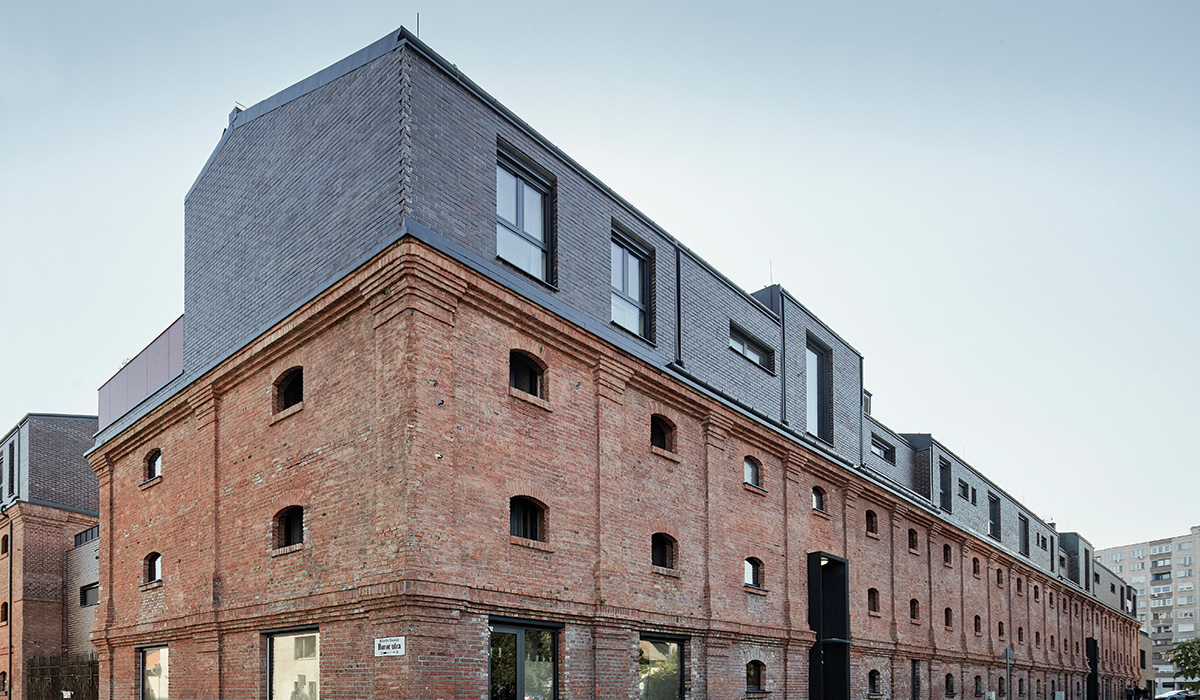 Restoration of a 19th century mill in Budapest, a rental housing project near old socialist housing blocks.
Restoration of a 19th century mill in Budapest, a rental housing project near old socialist housing blocks.This modernity was prevalent from the client’s desire to create a smart, high-quality, sustainable building that is a world away from the post-Industrial Revolution building that formed the basis of the property and the socialist building blocks so common in this part of the city. Inhabitants can control many of the functions of their homes - such as the heating, lighting or window shades - while the building itself has implemented cutting edge smart technology such as the heat pump system based on renewable energy, which can be operated to react to the time of day, outdoor temperature, and even orientation of the apartment.
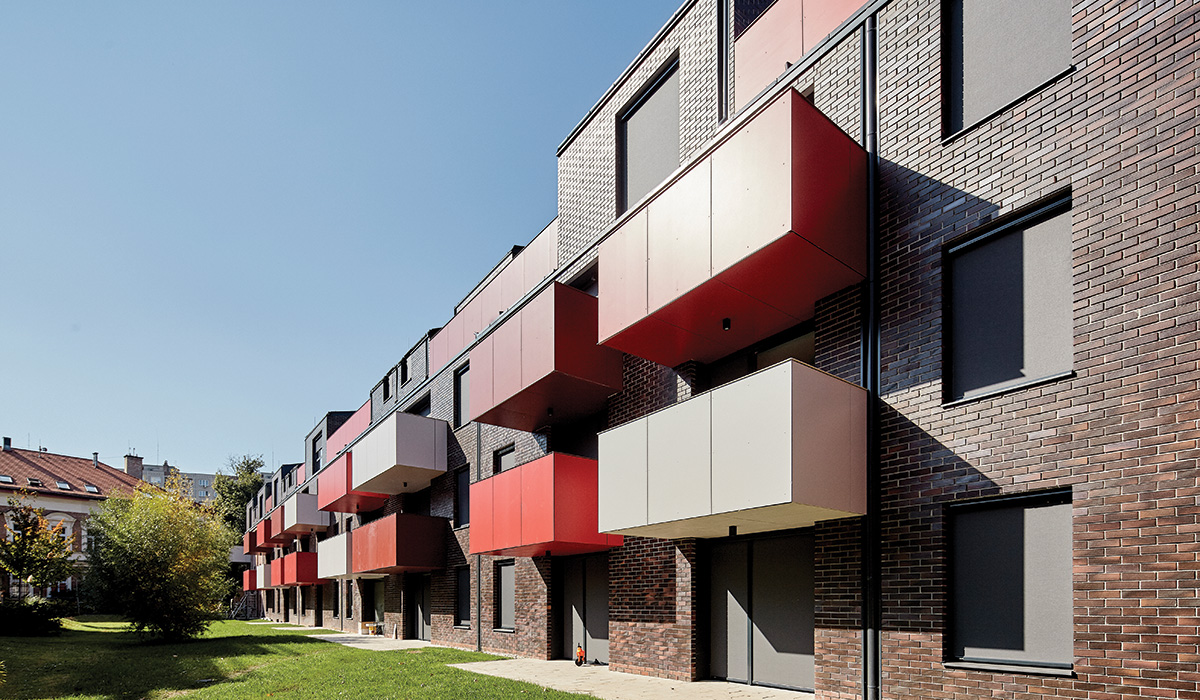
For T2.a, the Jazz Loft project has been a long process, but one whose extended time ultimately led to a better, more refined building in the end. “As an architect, it is painful to see the decomposition of a house half finished,” says Bence Turanyi. “But when we restarted the project, I suddenly saw the beauty in its rusted and decaying concrete torso that we had built on top of the mill a decade earlier, that even inspired us to create a series of photos of the beauty of the architectural structure in this condition. It was a moment of inspiration that ultimately led to what Jazz Loft is today.”















